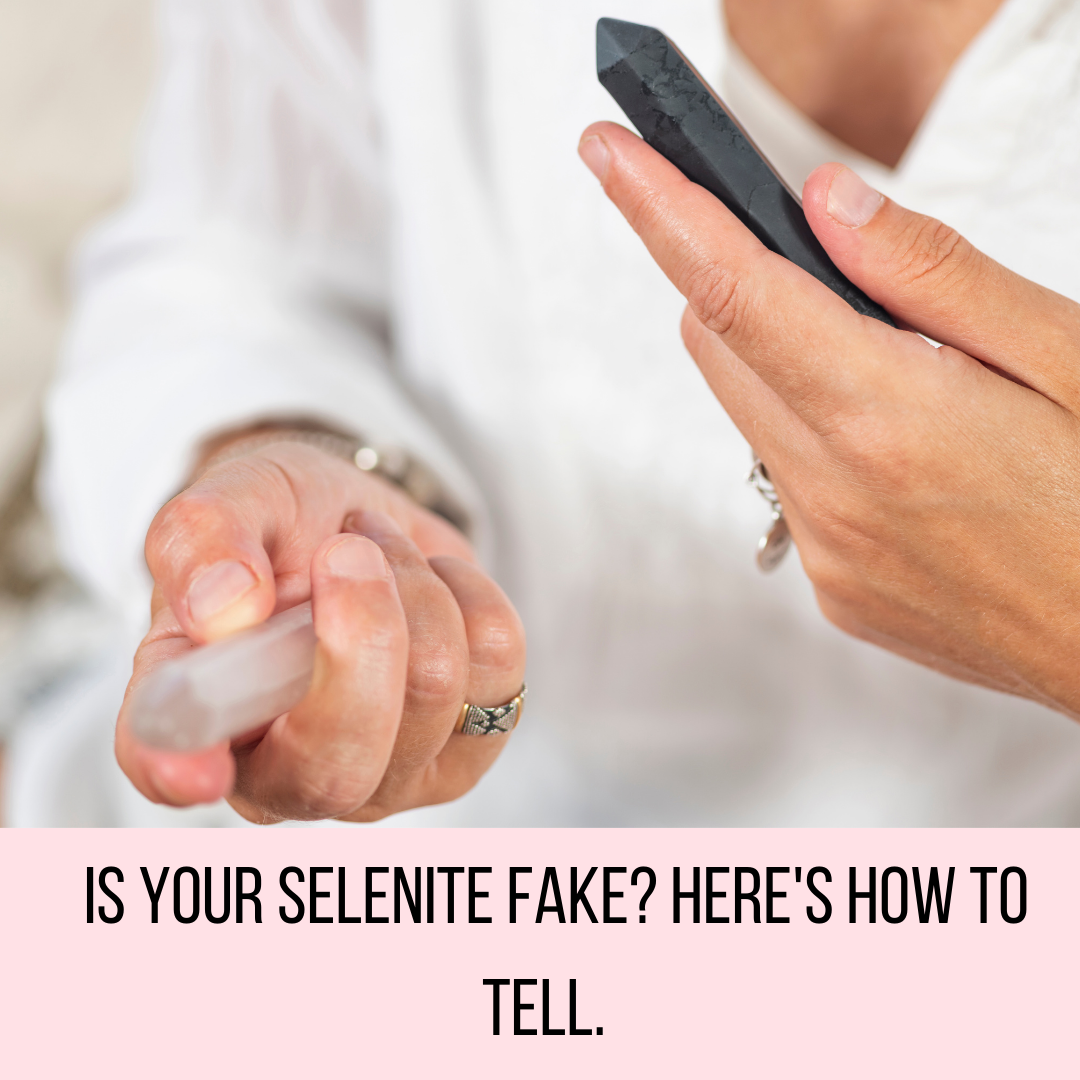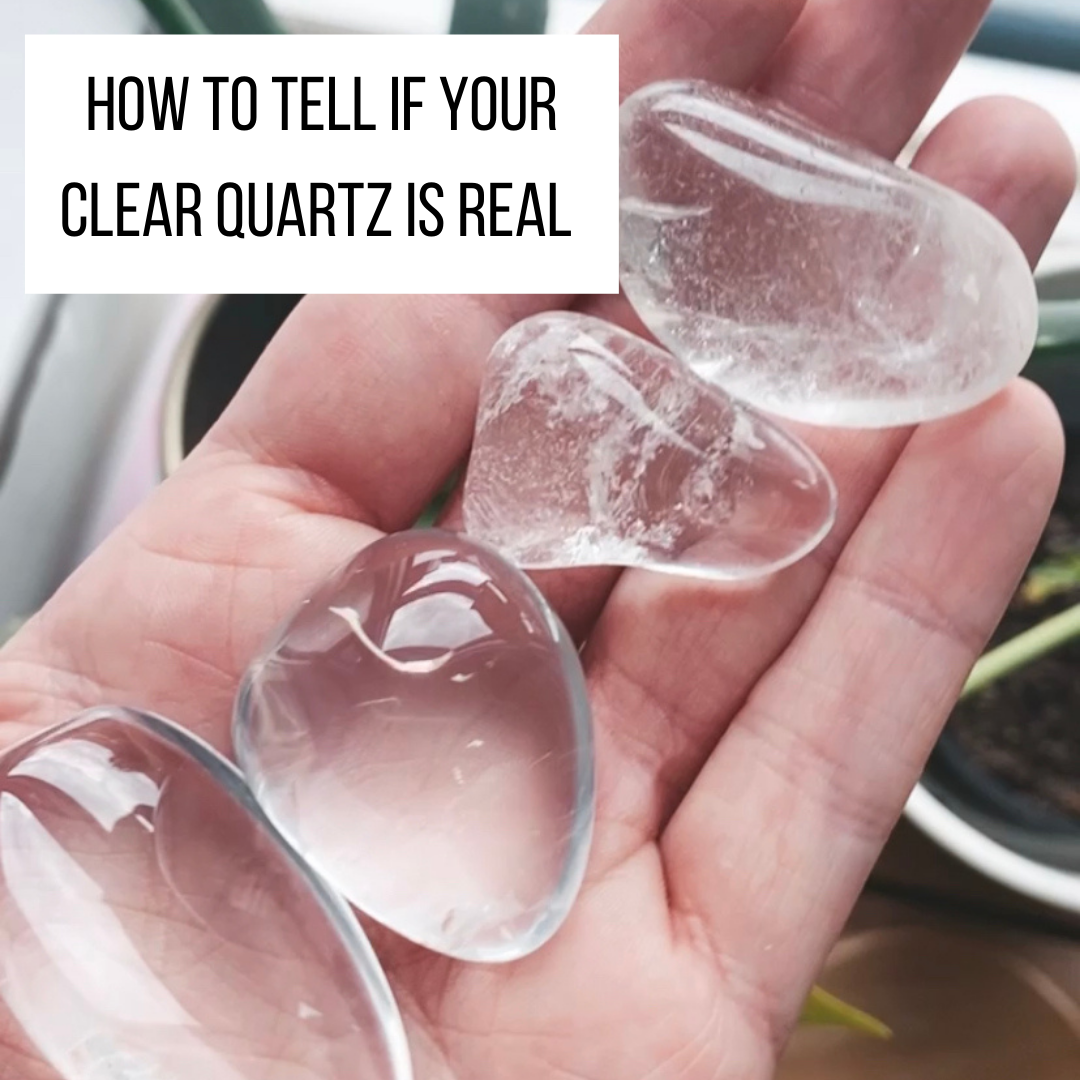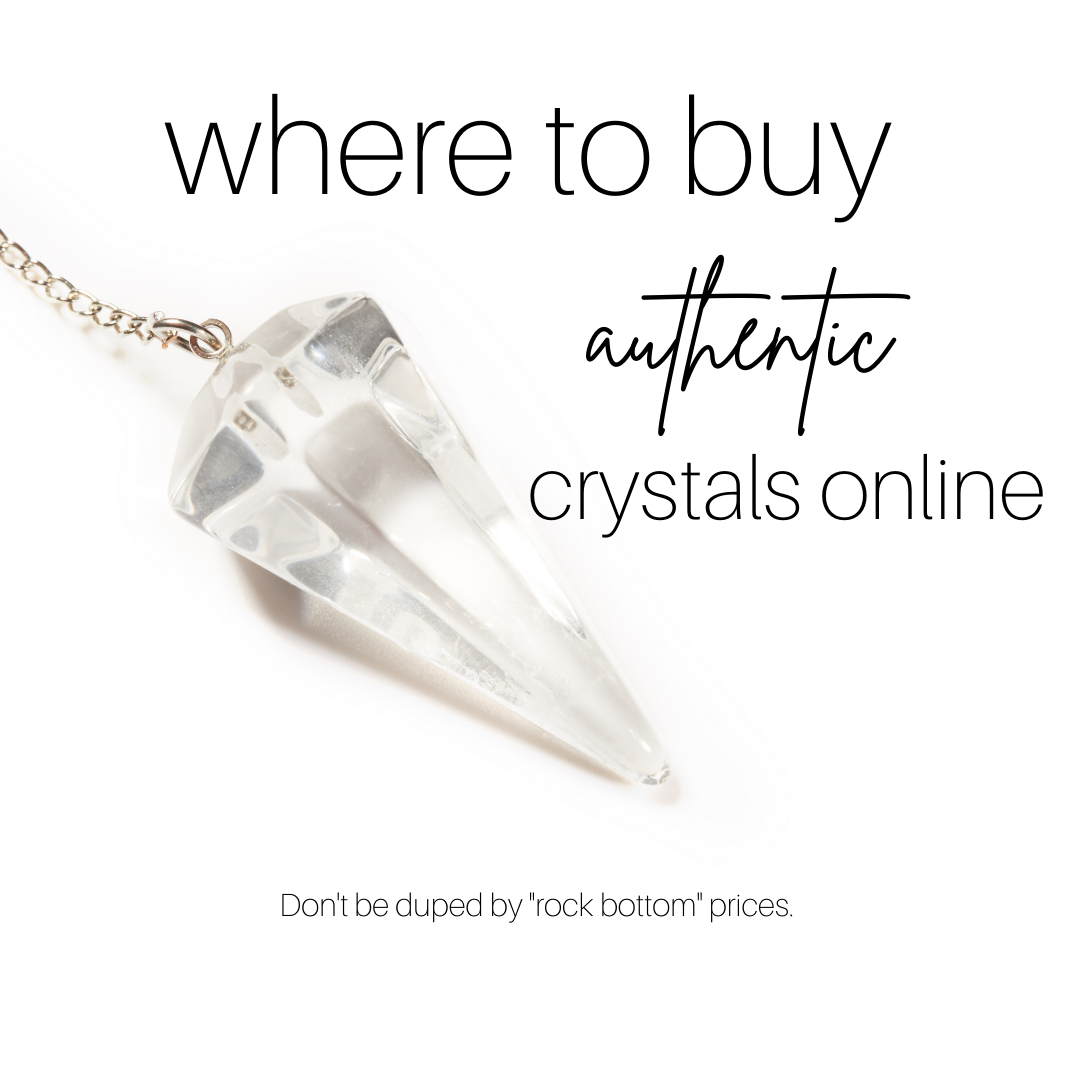How to Tell if Selenite is Real


Selenite is very popular these days, and it has beautiful healing properties that make it a staple in almost every collection. However, like any crystal, you have to be careful when purchasing Selenite. There are fakes out there, and nothing is worse than buying fake crystals!
Selenite vs. Satin Spar
First, let's talk about selenite and satin spar. Are they the same thing? Selenite and Satin Spar are often used to describe the same thing, but they are slightly different in their formation. Though selenite and satin spar are different, the two names are used interchangeably in the crystal world. This isn't because crystal shops are trying to rip you off and sell you satin spar instead of selenite though. It's because satin spar is a technical name that most customers are not familiar with. So, they will use selenite to describe satin spar as well.
Selenite and Satin Spar are the most commonly mistaken crystals out there. They are the same mineral, and have the same healing properties. They are both made from the same mineral, which is a form of gypsum. However, selenite crystallizes differently than satin spar, so they do look different to the naked eye.
Satin spar is much more common, but it's usually referred to as 'selenite' in most stores. Selenite is more rare. Selenite is formed as a large, flat, transparent crystal. They are made up of thin sheets, and are often flakey.
Satin Spar crystals look much different than selenite plates. They are fibrous and a white colour (more opaque). They are often carved into wands, towers, or hearts.
Both crystals are beautiful, and both have amazing healing properties. Don't let anyone tell you satin spar is not a beautiful crystal. It's powerful with amazing energy, just like selenite.
How to Tell if your Selenite is Fake
Firstly, selenite is more likely to be fake than satin spar. Satin spar is abundantly available, and relatively inexpensive. Because of this, it's not usually worth the cost and effort to create fake satin spar.
Selenite however, is less available a bit more expensive. Therefore, you could encounter fakes if you aren't careful.
If you think you have purchased a fake, and want to know for sure here's how you can tell if your selenite is real or fake:
1. Do a hardness test
Selenite is a soft crystal, but it can look similar to glass. Real selenite can be easily scratched, whereas a fake (likely made of glass) cannot. Take your fingernail or a sharp object and see how easily you can scratch it. If it's soft and easy to scratch, it's probably real.
2. Check the temperature
If you've purchased a tumbled/polished piece of selenite, scratching it may be difficult due the polish or lacquer used. So, you can test the temperate to determine if it's real or fake.
Real Selenite has thermal insulating properties. This means, that real selenite is often warm to the touch. You can take your piece of selenite and touch a piece of glass. The glass should feel cooler to touch than the selenite.
3. Look at the piece closely, and check for inclusions
Selenite will have tiny, but visible, impurities when you look closely. This is indicative of the environment it grew in. That can look like small particles of brown or orange clay, sand, or oil. This will not look like perfectly shaped air bubbles - air bubbles are a good indication that your piece is actually made of glass.
How to Tell if Selenite is Real
Getting to know what real selenite looks like vs the fakes, is a great skill to have when you're using or collecting crystals. Here's a quick list on how you can tell if your selenite is real or fake. Feel free to screenshot this list or share with your crystal community:
- If it can't be easily scratched, it's fake.
- If it is cool in temperature, it's fake. Probably quartz or glass.
- If it has tiny cracks or fractures inside, it's probably real.
Fake selenite is often made of plastic, glass, or quartz. If you think your selenite could be made of plastic here's a simple test. Take a small pin (safety pin or sewing needle) and heat it (using a flame).
Touch the stone with the hot pin. If it's plastic, it will melt. If it's real selenite, it will not be affected by the hot stone.
What does Fake Selenite Look Like?
- Too perfect, like a sheet of glass. Real selenite has inclusions, flaws, cracks and fractures.
- Fake selenite often has too much colour saturation in the stone. For example, if there is saturated purple, red or blue - it's probably fake!
- Fake selenite will be too transparent or have a honey-yellow tinge to it
- Fake selenite might have a rainbow effect on the surface
Is Fake Selenite Common?
No. Fake selenite is not as common as other crystals. It does happen, especially with larger statement pieces. Crystal shops can often obtain selenite for very reasonable prices, so it simply doesn't make sense to sell fakes.
Satin Spar vs. Selenite
If you aren't sure of the difference between selenite and satin spar, here are some photos to help you tell the difference between satin spar and selenite.






Comments
Gail —
This article was very informative and I’m so happy cuz I really have some wonderful crystals that I need to cleanse thank you so much for sharing
Maria —
I am looking for a selanite wand… Real.